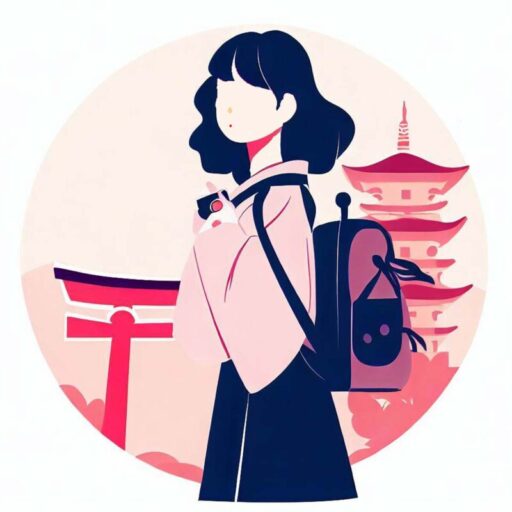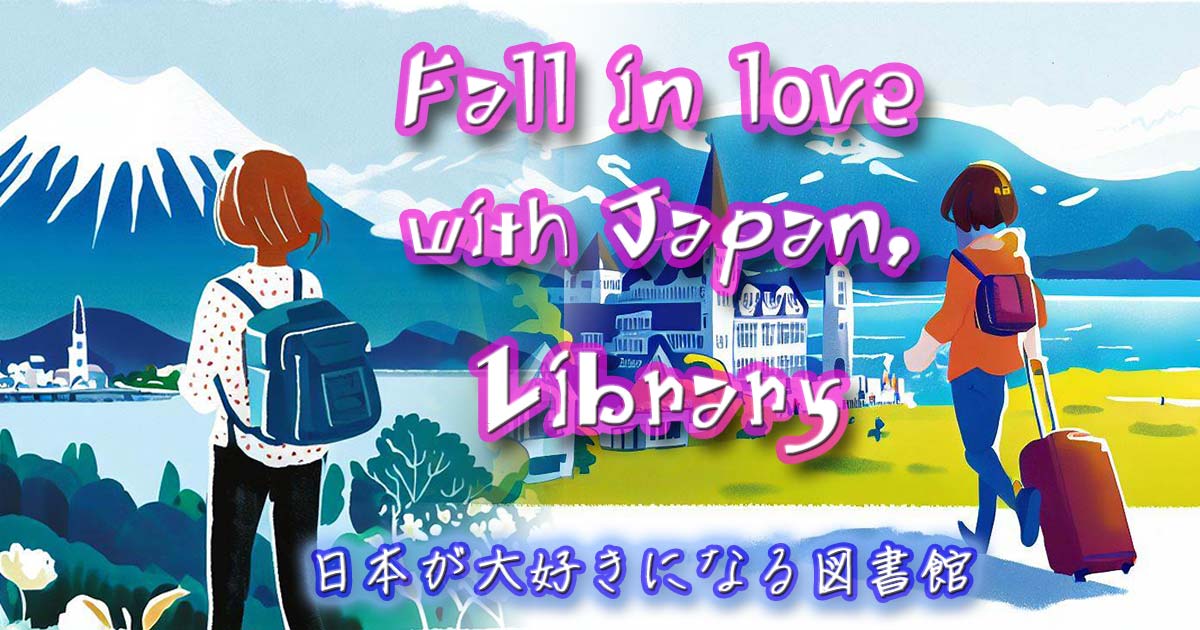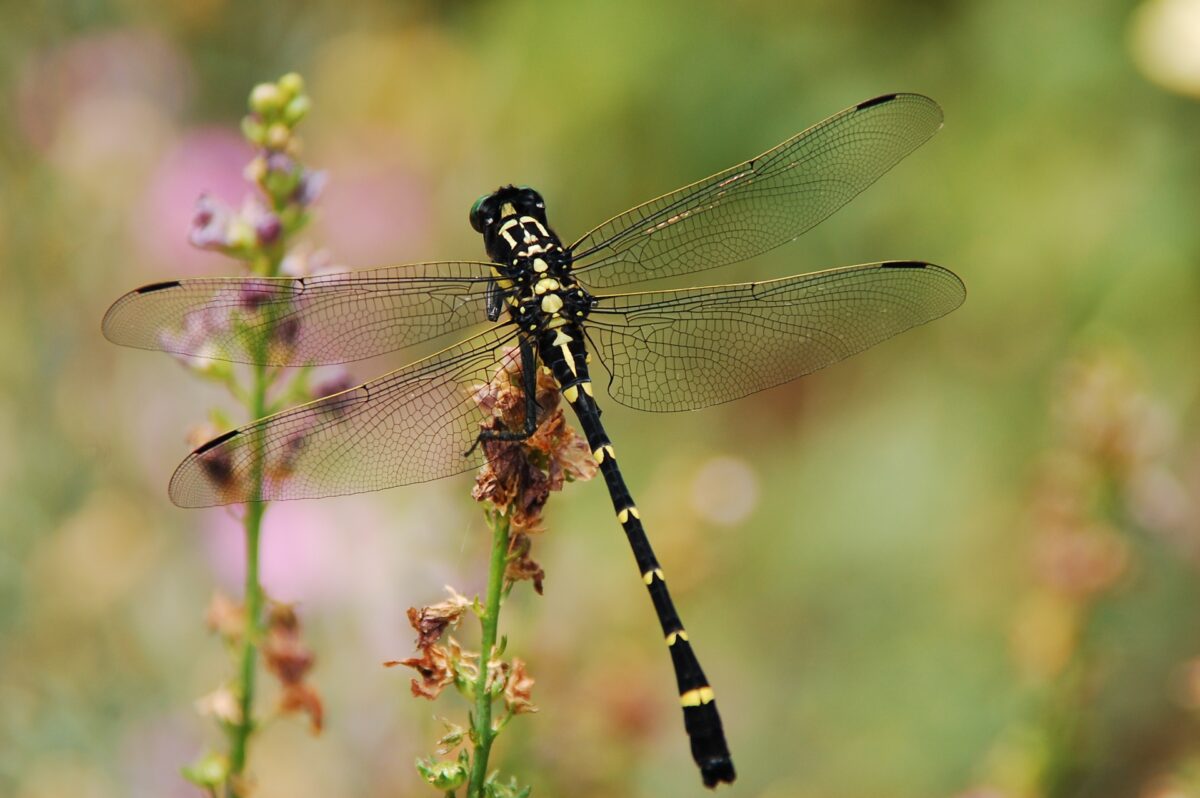Delving into the Charm of Risshū! A Female Travel Writer Explores the Customs and History of Various Regions in Japan

『 This article is… 』
This article focuses on the Japanese traditional culture and the seasonal division “Risshū”, and introduces the unique characteristics of various regions across Japan from the perspective of Kasumi, a female travel writer. It delves deeply into the festivals and customs of each region, offering those interested in Japanese culture and nature an opportunity to experience their charm. By doing so, readers can gain a deeper understanding of the beauty of Japan’s four seasons and its regional cultures.
Harmony of Japanese Seasons and Risshū
Hello, I’m Kasumi, a travel web writer. I have traveled all over Japan, immersing myself in the culture and history of each place and experiencing its beautiful nature. This time, I would like to delve deeply into the charm of one of the seasonal divisions symbolizing Japan’s four seasons, ‘Risshū (立秋)’.
What image do you conjure up when you hear ‘Risshū’? This period, when the heat of summer begins to soften, is a special season woven by Japan’s rich nature and culture. Throughout my travels, experiencing the transition of Japan’s four seasons, I have always been moved by the sense of ‘farewell’ and ‘encounter’ that Risshū brings.
In this article, I will introduce the meaning and history of Risshū, the customs of each region, and its features in modern times, incorporating my travel experiences. By citing specific examples from various places, I want to explore how Risshū is rooted in the lives of the Japanese people and delve deeper into its charm. Through Risshū, let’s rediscover the beauty of Japan’s four seasons and the rich culture we live in.
- Risshū and the Japanese Seasons
- The History and Origins of Risshū – A Timeless Japanese Tradition
- The Features and Regional Customs of Risshū – The Diverse Autumn of the Japanese Archipelago
- The Meaning of Risshū in Modern Times – A Tradition Transcending Time
- The Charm of Japanese Nature and Culture Seen Through Risshū
- Conclusion and Thoughts: The Deep Charm of Risshū Through a Traveler’s Heart
- Kasumi Points
Risshū and the Japanese Seasons
Japan is known for its distinct four seasons, and the unique concept that deeply resonates with this is ‘Sekki’ or seasonal divisions. These divisions have been deeply rooted in Japanese agriculture and lifestyle for centuries, dividing the year into 24 parts. One of these is ‘Risshū’, which usually occurs around August 7th each year. Literally meaning ‘the start of autumn’, Risshū represents the transition from summer to autumn on the calendar.
What I have felt in my travels across the nation is the unique atmosphere that Risshū brings. For instance, in Tokyo, even though the hot days continue after Risshū, there is a slight coolness of autumn in the evening breeze. In Hokkaido, as Risshū approaches, the summer greenery gradually starts to change color, signaling the arrival of autumn.
Risshū is not just a mark on the calendar, but a seasonal division deeply embedded in the sensibilities and lives of the Japanese people. Its changes present diverse scenes and climates across different regions of Japan. I believe that experiencing these seasonal transitions through the natural and cultural aspects of each area is one of the charms of Japan. In the next part, I will delve deeper into the history and origins of Risshū.
The History and Origins of Risshū – A Timeless Japanese Tradition
Risshū has significantly influenced the lives and culture of people throughout Japan’s long history. The origin of this seasonal division dates back to the ancient Chinese solar calendar and was introduced to Japan during the Nara period. Since then, it has been an important indicator of the changing seasons.
Looking back at history, Risshū was also a crucial period for agriculture. For instance, in ancient Japan, once Risshū passed, preparations for the autumn harvest would begin, marking the start of a new season for those engaged in rice cultivation. Thus, Risshū has played an indispensable role in shaping the traditional rhythms of Japanese life.
Furthermore, Risshū deeply intertwines with Japanese culture and customs. For example, in Kyoto, the arrival of Risshū brings various festivals and events at shrines, evoking the ancient Japanese ambiance. Additionally, events to enjoy the coolness, signaling the end of summer, are also seen in various places, becoming a cherished part of the Risshū season.
What I have felt through my travels is the sense of seasonal transition that Risshū brings to the hearts of the Japanese people. As Risshū arrives, people’s hearts gradually shift towards autumn. Thus, Risshū is not just a mere mark on the calendar but is deeply rooted in the lives and hearts of the Japanese people. In the next part, I will explore in more detail the characteristics of Risshū and the regional customs associated with it.
The Features and Regional Customs of Risshū – The Diverse Autumn of the Japanese Archipelago
Risshū has varied characteristics depending on the region. Due to the significant climatic differences from north to south in Japan, the ambiance of Risshū also has its unique flavor in each area. In this section, I will talk about the customs and features of Risshū in different regions I visited during my travels.
Risshū in the Tohoku Region
In the Tohoku region, around the time of Risshū, rice ears begin to ripen, changing the landscape of the rice fields. One particularly memorable aspect for me is the Nebuta Festival in Aomori Prefecture. Held around the time of Risshū, this festival is characterized by its vibrant floats and powerful drumming, grandly celebrating the arrival of autumn.
Risshū in the Kansai Region
In Kansai, for example in Kyoto, as Risshū arrives, the Gion Festival ends and the town regains a bit of its tranquility. Kyoto during this period becomes more comfortable, allowing for enjoyable dining on cooling platforms over rivers and strolls along the riverbanks. I particularly love walking along the Kamogawa River, feeling the arrival of Risshū while taking in the historic cityscape.
Risshū in the Kyushu Region
In Kyushu, the heat of summer lingers even after the arrival of Risshū, but the evenings gradually become cooler. During my visit to Kumamoto, I was impressed by the summer festivals held during this period. Events like lantern floating and fireworks displays, which seem to cherish the end of summer, are enjoyed together with the local people.
These are just a few examples, but Risshū is marked by different customs and events across Japan, reflecting the culture and climate of each region. In the next part, I will explore the meaning of Risshū in modern times and how it blends into our lives.
The Meaning of Risshū in Modern Times – A Tradition Transcending Time
In modern Japan, Risshū is recognized by many as the transition from summer to autumn. However, behind this lies a culture and tradition that has been passed down through the ages. Here, I would like to think about the meaning of Risshū in modern times and its impact on our lives.
Risshū and Modern Life
For contemporary Japanese people, Risshū is no longer directly related to agriculture but remains an important period to feel the change of seasons. For example, after Risshū, supermarkets start to line up autumnal ingredients. Chestnuts and sweet potatoes bring a fresh breeze of autumn flavors into the lives of citizens.
In fashion too, autumn clothes begin to appear in stores after Risshū, marking an important time for wardrobe changes. Personally, I look forward to switching from the light attire of summer to the slightly more subdued fashion of autumn.
Traditions of Risshū Alive Today
Even in modern times, traditional events and customs take place around the period of Risshū. For instance, firework shows and festivals that evoke the end of summer are concentrated around this time. These events are cherished as opportunities to deepen community bonds.
Also, with the arrival of Risshū, homes and schools pay attention to health management in line with the changing seasons. As the weather transitions from hot to cool, it’s a time when people can easily fall ill, making Risshū a moment to renew awareness about health.
Thus, Risshū is deeply rooted in the lives of modern Japanese people, remaining an important period to mark the change of seasons.
The Charm of Japanese Nature and Culture Seen Through Risshū
Risshū is a special period that allows us to feel the richness of Japanese nature and the depth of its culture. In this section, I will talk about the charm of Japanese nature and culture that can be seen through Risshū, based on my travel experiences.
The Change of Nature and Risshū
The nature in Japan is distinct in its seasonal changes, and Risshū symbolizes this transition. The scenes of Risshū I witnessed in my travels from Hokkaido to Kyushu were each unique and attractive. For example, in the vast lands of Hokkaido, the rice fields turn a golden color after Risshū, signaling the arrival of autumn. Conversely, in Okinawa, even after Risshū, the lush green nature continues, teaching us about the diversity of Japan’s natural beauty.
Risshū as a Cultural Element
Risshū is also deeply reflected in Japanese culture and customs. Festivals and events held in various regions are important elements that convey the history and culture of those areas. During the period of Risshū, we can witness moments where new cultures emerge while preserving ancient traditions. For example, the Gozan no Okuribi in Kyoto and the Bon dances in the Tohoku region deepen the atmosphere of Risshū
Risshū and the Japanese Heart
Finally, Risshū also deeply affects the hearts of the Japanese people. This period, signaling the end of summer and the beginning of autumn, brings with it a sense of expectation for a new season and a melancholy for what is ending. These complex emotions are often expressed in Japanese poetry and literature, enriching our sensibilities.
Being able to re-experience the changes in Japanese nature and the richness of its culture through Risshū is a great joy for me as a traveler. In the next part, I will conclude this article with a summary and my personal thoughts, looking back at the charm of Risshū.
Conclusion and Thoughts: The Deep Charm of Risshū Through a Traveler’s Heart
Through this article, I have explored the meaning, history, characteristics, regional customs, and the contemporary significance of Risshū. It’s clear that Risshū is not just a mere mark on the calendar, but a special period that remains in the beauty of Japanese nature, the depth of its culture, and in the hearts of its people.
Risshū and the Japanese Four Seasons
Japan is a country with clear seasonal changes, and Risshū particularly signifies a poignant transition of seasons. The scenes of Risshū felt throughout Japan, from north to south, each possess their unique beauty and teach us about the bounties of nature.
The Cultural Significance of Risshū
Risshū has long influenced Japanese traditions and culture. Festivals and events in each region, unique to the period of Risshū, transmit and nurture the local culture. These cultural activities symbolize the diversity and continuity of Japanese traditions.
My Thoughts
Having traveled across the country and witnessed the landscapes of Risshū and the cultures of each region has been an invaluable experience for me. Risshū is closely related to the lives of Japanese people and also affects our hearts. Feeling the transition of seasons, it allows us to look forward to a new season while appreciating what has passed.
Rediscovering the beauty of Japanese nature and its rich culture through Risshū is profoundly meaningful to me. I hope to continue my travels, deeply feeling the beauty of each of Japan’s four seasons and the culture of each region.
Kasumi Points
Kasumi Points: The Regional Characteristics of Risshū Across Japan
Risshū exhibits different characteristics in various regions of Japan. Below, I will explain the unique features of representative prefectures through ‘Kasumi Points’.
Hokkaido (Kasumi Point: Change in Nature)
In Hokkaido, the arrival of Risshū marks significant changes in nature. Especially, the rice fields begin to turn golden, heralding the arrival of autumn. Visiting Hokkaido during this time allows one to experience the beautiful transition from the end of summer to the beginning of autumn.
Kyoto Prefecture (Kasumi Point: Traditional Events)
In Kyoto, traditional events such as the Gozan no Okuribi are held during Risshū. These events, combined with the ancient city’s atmosphere, provide a precious opportunity to experience the beauty of Japanese tradition. The Gozan no Okuribi, known for its moving scene, signifies the end of summer.
Aomori Prefecture (Kasumi Point: Nebuta Festival)
The Nebuta Festival in Aomori is held around the time of Risshū. Known for its vibrant floats and powerful drumming, this festival is an important event celebrating the end of summer in the region. Through this festival, one can feel the culture and vibrancy of Aomori during the period of Risshū.
Kumamoto Prefecture (Kasumi Point: Summer Festivals and Lantern Floating)
In Kumamoto, summer festivals and lantern floating events take place around Risshū. These events, reminiscent of the end of summer, play an important role in deepening community bonds. Particularly, the lantern floating event leaves a lasting impression with its serene and fantastical atmosphere.
Okinawa Prefecture (Kasumi Point: Extension of Summer)
In Okinawa, the heat of summer continues even after Risshū, differing from other regions. During this period, Okinawa offers an extended summer experience, making it the perfect time to enjoy beaches and marine sports.
Through these ‘Kasumi Points,’ one can deeply understand the regional characteristics of Risshū across Japan, and feel the culture and traditions of each area.








